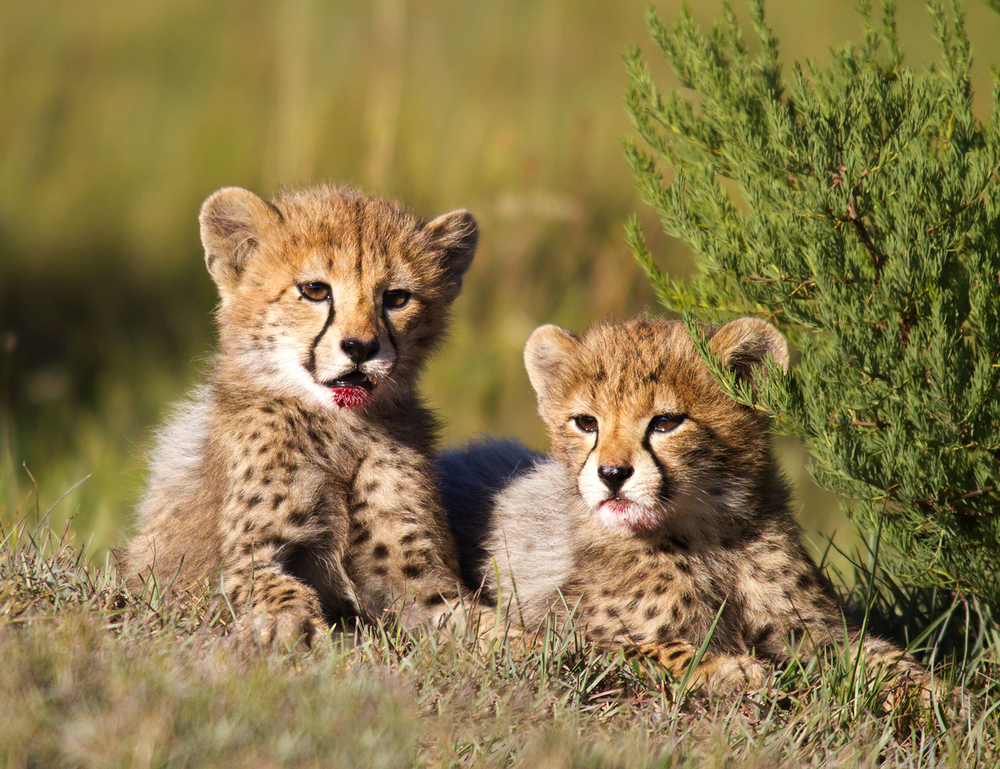The four cubs, named Fahda, Viva, Kashmai, and Thawab, are part of a structured reintroduction plan.
Others are reading now
Saudi Arabia has made a significant breakthrough in wildlife conservation with the birth of four cheetah cubs as part of the Kingdom’s cheetah reintroduction program.
A National Program
This initiative is a positive development for both the endangered species and the National Center for Wildlife Development (NCWD), which oversees the effort.
Dr. Muhammad Ali Qurban, executive director of the NCWD, emphasized the importance of the births, stating:
“The birth of four cheetah cubs marks a significant achievement for our efforts and shows the effectiveness of the national program to ensure a sustainable future for cheetahs in their natural habitats in Saudi Arabia.”
Also read
Saudi Arabia’s Cheetah Conservation Program
Historically, cheetahs once roamed this region of the Arabian Peninsula. Researchers determined that between 4,000 and 120 years ago, these animals inhabited the area, leading to the launch of Saudi Arabia’s Cheetah Conservation Program.
The program aims to return cheetahs to their original habitats in the Kingdom, after they had been extinct in the region for over 40 years.
The four cubs, named Fahda, Viva, Kashmai, and Thawab, are part of a structured reintroduction plan. The program includes establishing breeding and fertilization facilities, identifying protected areas, and preparing for the cheetahs’ reintroduction to their historical habitat.
Dr. Qurban added that recent discoveries of cheetah mummies in northern Saudi Arabia, dating back thousands of years, underscore the cultural and environmental significance of reintroducing these animals.
The Kingdom is committed to expanding its efforts to rehabilitate and restore cheetah populations in the region, recognizing its role as their original home.



